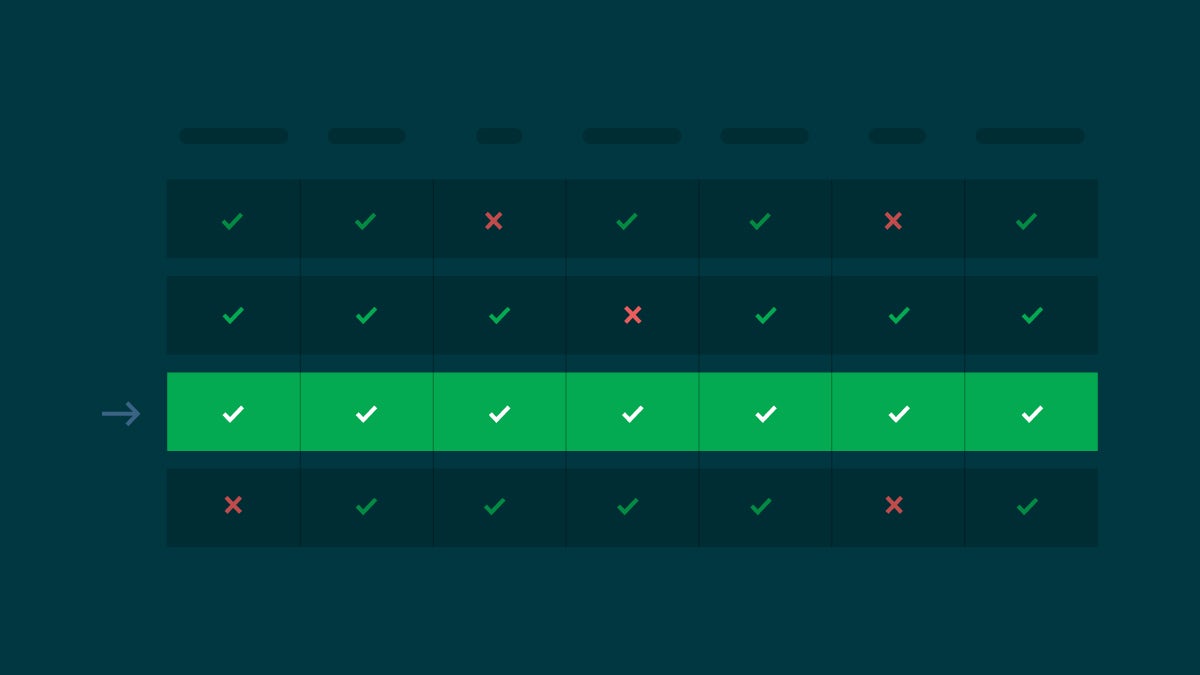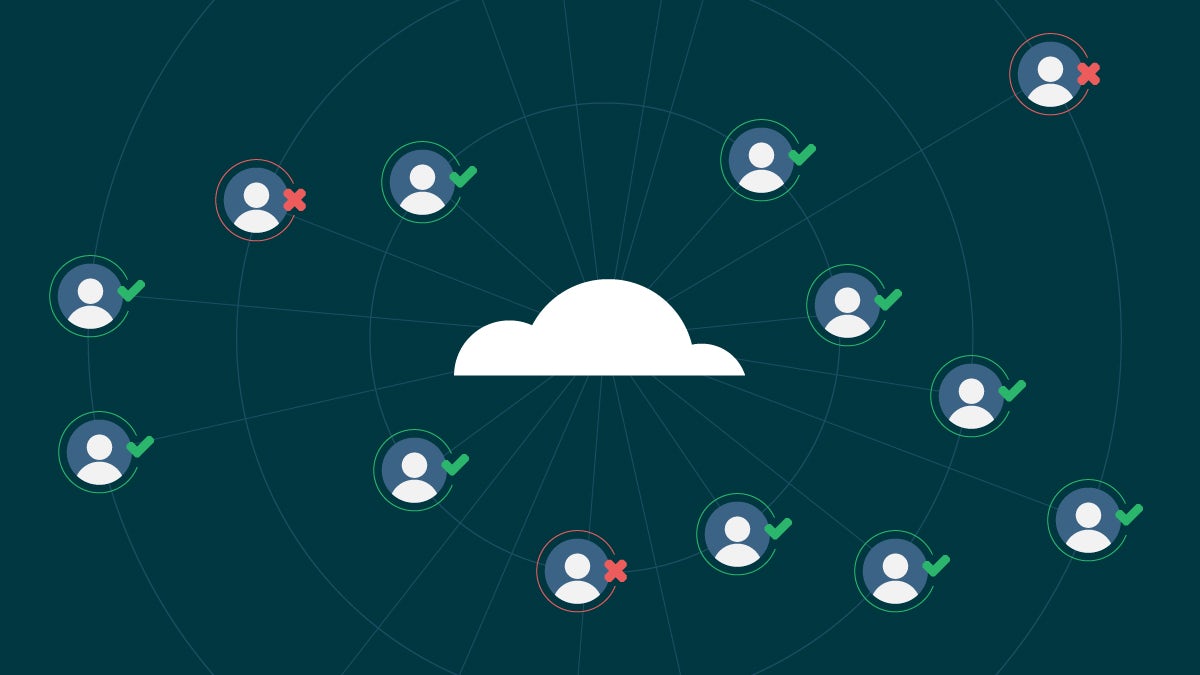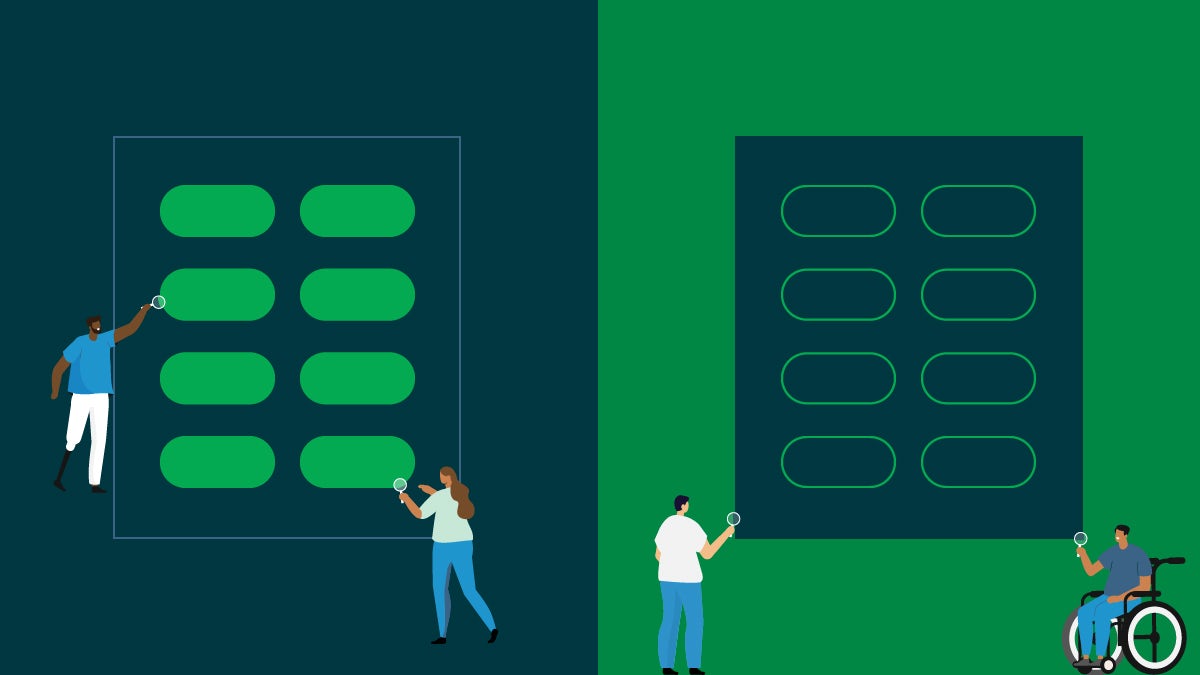For development teams, software testing is an essential practice that ensures the quality and functionality of applications before they reach end users. End-to-end testing, also known as E2E testing, is an approach to testing that that simulates real user experiences to validate the complete system.
This post will guide you through what E2E testing is, why it’s important, and how you can effectively implement it for your software projects.
What is end-to-end testing (E2E)?
E2E testing is a way to make sure that applications behave as expected and that the flow of data is maintained for all kinds of user tasks and processes. This type of testing approach starts from the end user’s perspective and simulates a real-world scenario.
Here’s an example. On a sign-up form, you can expect a user to perform one or more of these actions:
- Enter a blank email and password
- Enter a valid email and password
- Enter an invalid email and password
- Click a sign-up button
You can use end-to-end testing to verify that all these actions work as a user might expect.
In this case, the E2E testing framework would automatically enter data and interact with the sign-up button, just as a real user would. The test would then check responses from the application, such as ensuring that an error message appears when invalid data is entered or confirming a successful registration with valid data. It would also verify that all backend processes, like database updates and email notifications, occur correctly.
End-to-end testing may sound comprehensive, but it’s only one part of a good testing strategy. There are many other testing methods that you should combine with it to enhance overall software quality and reliability. Some other testing types you should consider include:
- Unit testing: Makes sure that every single component in a system works as expected
- Integration testing: Combines individual software modules and tests them as a group.
- Security testing: Evaluates the software for vulnerabilities and ensures that data is protected from external threats
- Accessibility testing: Ensures that the software is usable by people with a wide range of disabilities and complies with common accessibility standards
- Usability testing: Evaluates how user-friendly the application is, focusing on the ease with which users can complete tasks
These types of tests are different from end-to-end testing, which focuses on the complete user workflow.
Why is end-to-end testing important?
End-to-end testing has been widely adopted because it:
- Helps teams expand their test coverage by adding more detailed test cases than` testing methods like unit and integration testing.
- Ensures correct application performance by running test cases based on the end user’s behavior.
- Helps release teams reduce the time to market by automating critical user paths.
- Reduces the cost of building and maintaining software by decreasing the time it takes to test it.
- Helps predictably and reliably to detect bugs before they are released to users
End-to-end testing appeals to a cross-team group that includes developers, testers, managers, and users.
E2E benefits for developers and QA teams
For organizations that maintain a separate QA team, delegating E2E testing to the QA team frees devs to work on adding features to the application. Often it is easier for testers to write end-to-end tests because they are based on the user’s behavior, which can be observed during usability testing and documented in tickets.
E2E testing also works well in a DevOps environment, where automated testing is integrated into the developer’s day-to-day workflow. Using a continuous integration and continuous delivery (CI/CD) platform, E2E tests can be triggered any time the developer pushes changes to the main branch. If tests pass, updates deploy automatically; if they fail, developers are promptly notified to fix issues.
E2E benefits for managers
End-to-end testing provides managers with a clear understanding of how each part of the application interacts in real-world scenarios, aiding in prioritizing tasks that most directly impact user experience and system stability.
This approach ensures that critical issues are addressed first, optimizing resource allocation and development efforts to improve product quality and customer satisfaction.
E2E benefits for users
End-to-end testing also improves the user experience, especially for applications requiring a lot of user interaction, like web, desktop, and mobile apps.
Thorough E2E testing mimics real user interactions, helping to identify and resolve issues before they affect users. As a result, it leads to more reliable, intuitive, and user-friendly applications that meet or exceed user expectations.
Common tools used in E2E testing
End-to-end testing frameworks help developers implement comprehensive, automated test cases in just a few lines of code. Here are some of the most common ones:
-
Selenium: Perhaps the most well-known tool for automating web browsers, with support for multiple languages and frameworks
-
Cypress: Fast, user-friendly testing tool that runs directly in the browser
-
TestCafe: Node.js-based tool for testing in any browser that supports HTML5
-
Puppeteer: Developed by Google to test web pages on headless Chrome or Chromium over the DevTools protocol
-
Playwright: Developed by Microsoft to extend similar functionality as Puppeteer to Firefox and WebKit
-
Appium: Mobile-focused tool that allows E2E testing on both iOS and Android from the same API
-
Nightwatch: Integrated E2E testing solution for Node.js that uses the W3C WebDriver API to perform commands and assertions on DOM elements.
-
BrowserStack: Cloud-based test tool that provides access to an extensive range of real mobile devices and browsers
-
Katalon Studio: All-in-one test automation solution for web, API, mobile, and desktop testing
Many teams integrate these tools into their CI/CD pipelines to automate the execution of E2E tests. This automation ensures that tests are run consistently and reliably as part of the deployment process, helping to identify issues early and improve software quality continuously.
Challenges of end-to-end testing
End-to-end testing is a great way to test software, but it comes with some challenges too. Challenges present themselves because end-to-end testing:
- Is time-consuming
- Must be designed to reproduce real-world scenarios
- Requires a good understanding of user goals
Time consuming
End-to-end testing can be time-consuming to set up because it takes a complete understanding of the product to write test cases. E2E tests can also be computationally expensive and slow to execute due to the complexity of simulating real user interactions across multiple components and systems.
While companies typically employ unit tests and integration tests throughout various stages of development, they strategically deploy end-to-end tests primarily for the most critical user workflows, running these tests in staging environments before final deployments. This minimizes the impact of slow-running tests during development while maintaining quality standards in production.
You can learn more about ways to optimize and effectively manage your testing strategies in The testing pyramid: Strategic software testing for Agile teams.
Difficult to design tests
Because end-to-end tests simulate the real-world behavior of users, there are many components to consider while designing these tests.
For example, you can run a web application on many browsers, and each browser has different specifications. This means you have to write tests that are specific to these browsers. This daunting task can lead to budget overruns. In test-driven development, where you’re looking for quick feedback on the code, relying exclusively on end-to-end tests isn’t a good approach.
Understanding user goals
Users aren’t looking for features: they’re looking to solve their specific problems. End-to-end testing should focus on how effectively the app solves its users’ issues.
The problem is that not all development teams have a detailed understanding of user intentions. So, they must deploy methods early on during software development to gather user perspectives and requirements. User research can be quite costly, so teams often rely on the same set of users to work as “beta testers” for an application.
Despite these challenges, end-to-end testing is still worth the investment because it provides the most comprehensive assessment of the software’s functionality in real-world scenarios. In the competitive world of software, the ability to both meet technical specifications and deliver a high-quality user experience can make or break a product’s success.
How to implement end-to-end testing
Now that you know that you want to add some end-to-end tests to your development process, where do you start? Designing the end-to-end test cases is a good first step. Then, you can begin by testing manually until it makes sense to start automating your end-to-end tests.
Designing end-to-end test cases
Because end-to-end testing requires some preparation, it’s good to be familiar with the steps needed to implement them. Here are the steps for a typical end-to-end testing procedure:
- Review the requirements to validate the end-to-end testing results.
- Set up test environments and requirements.
- Define all the processes of systems and subsystems.
- Describe the roles and responsibilities of each system and the subsystems.
- Outline the testing tools and frameworks.
- List the requirements for designing test cases.
- List the input and output data for each system.
Once you have gone through these steps, you can implement end-to-end testing.
Manual end-to-end testing
Manual testing is performed by a human tester directly interacting with the testing software. These testers can quickly learn what works and what doesn’t when writing a test plan.
Manual testing helps identify test cases and hidden user interaction paths in the system. That gives testers the information they need to start automating test cases in the future.
There are two ways to do manual testing: horizontal and vertical.
-
Horizontal end-to-end testing covers the entire application. It requires software development teams to have well-defined workflows and established test environments. A single test workflow can span multiple subsystems. A plan for simultaneously testing a UI, database, and email integration is an example of a horizontal end-to-end test.
-
Vertical end-to-end testing breaks down the application into layers that you can test individually. Vertical end-to-end tests often precede their horizontal counterparts because of this granularity. For example, performing a vertical end-to-end test with user interface subsystems allows you to easily identify and fix bugs.
Automated end-to-end testing
As your project grows, manual end-to-end testing will become less manageable. This is especially true of testing user interfaces, because a single action in a UI can lead to many other actions. This complexity makes automating tests essential. End-to-end tests can help automate user-interaction testing, saving valuable time.
Once you’ve decided on the test cases, you can write them as code and integrate them with an automated testing tool. For example, you can use continuous integration to automate the end-to-end testing of software.
With the speed at which software acquires new features, automating software testing is the only viable option. Automation enables you to catch bugs quicker and more consistently because the entire code base is checked against the test cases each time you add new code.
Conclusion
In this article, you learned what end-to-end testing is and what its benefits and challenges are. You learned techniques for implementing E2E tests on your projects, including horizontal testing, vertical testing, and the distinction between manual and automatic E2E testing.
Manual E2E testing is a great place to start, but you will want to automated your tests as soon as possible for your team. Automation not only saves time and prevents complications, but it also frees your team to do what they do best - develop applications.
To implement automated end-to-end tests, use a CI/CD platform like CircleCI. You can get started in minutes by signing up for a free account today.




